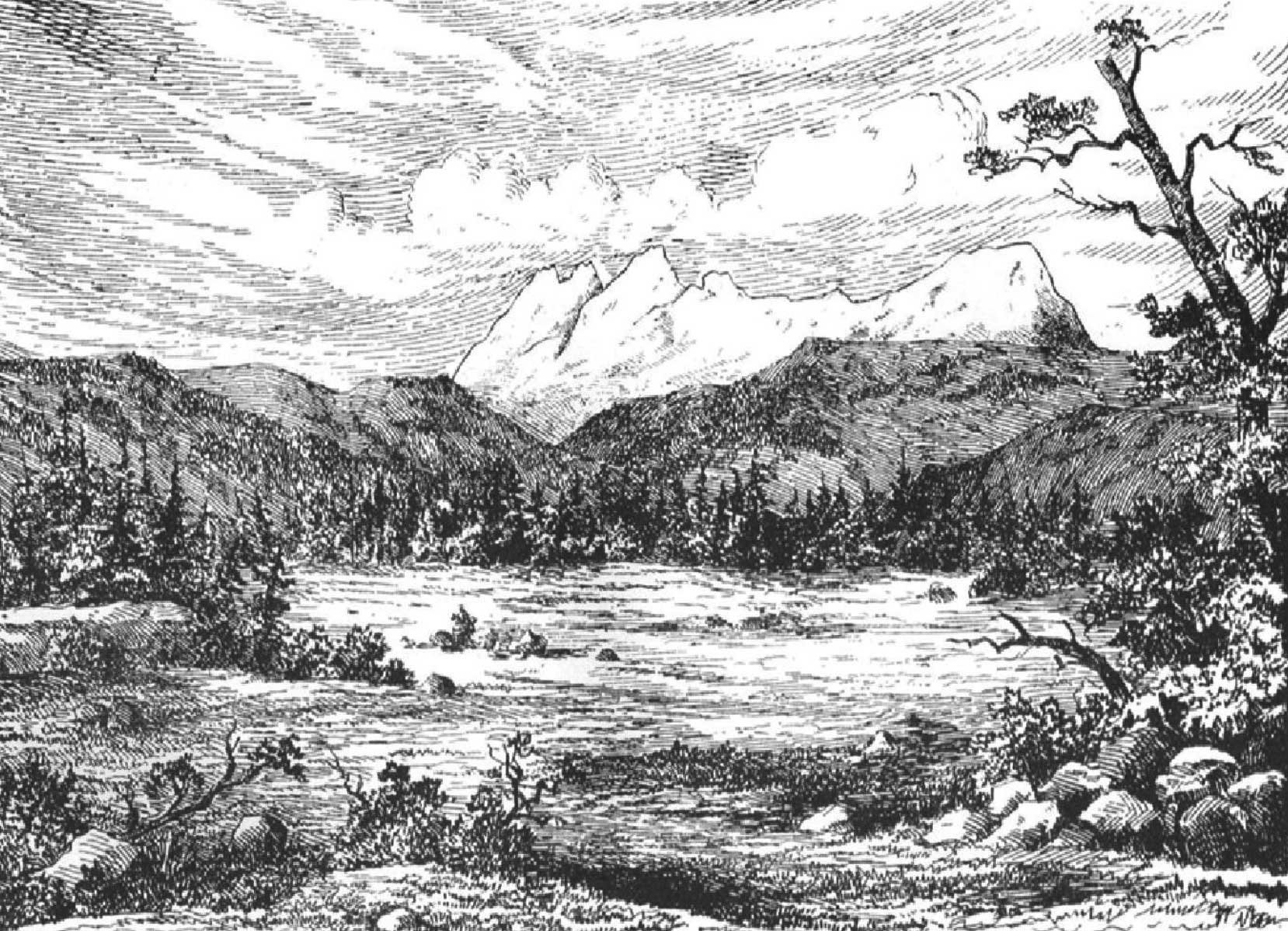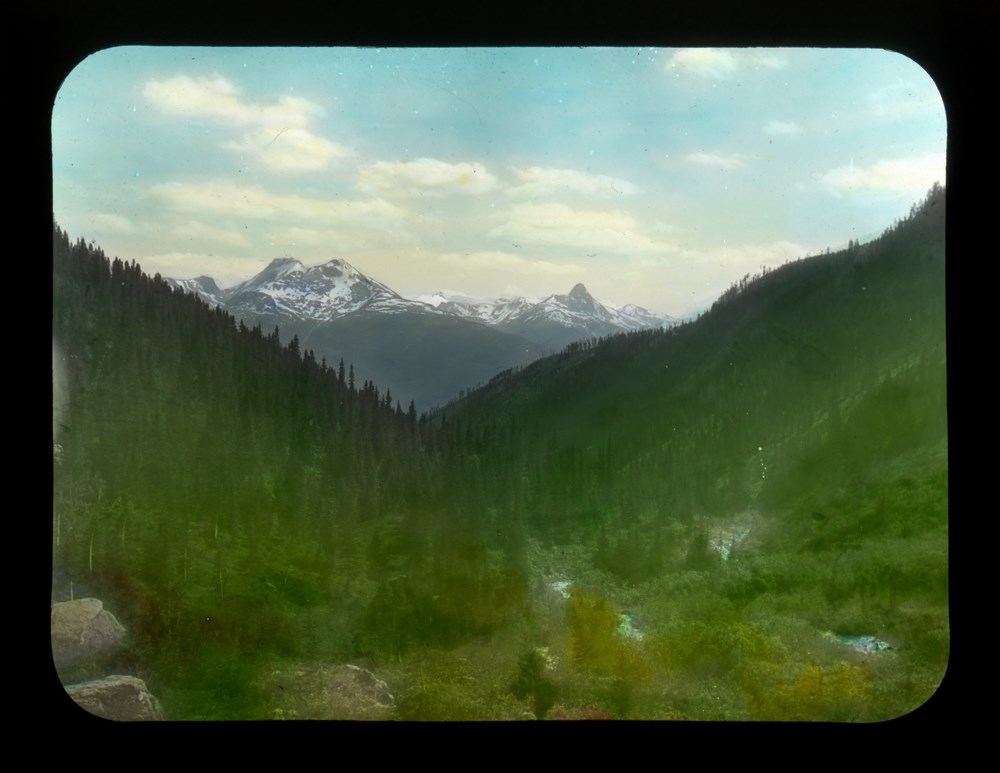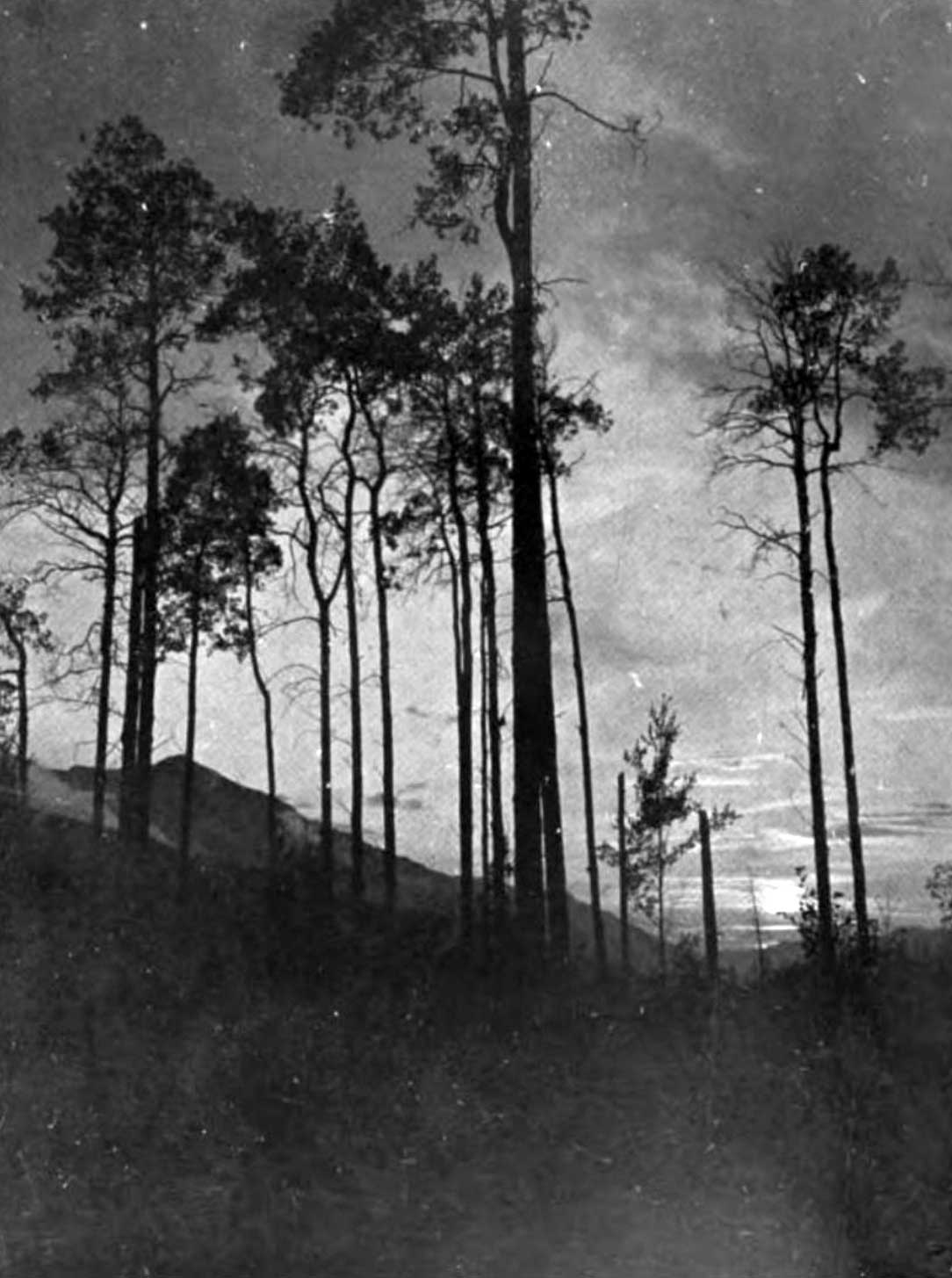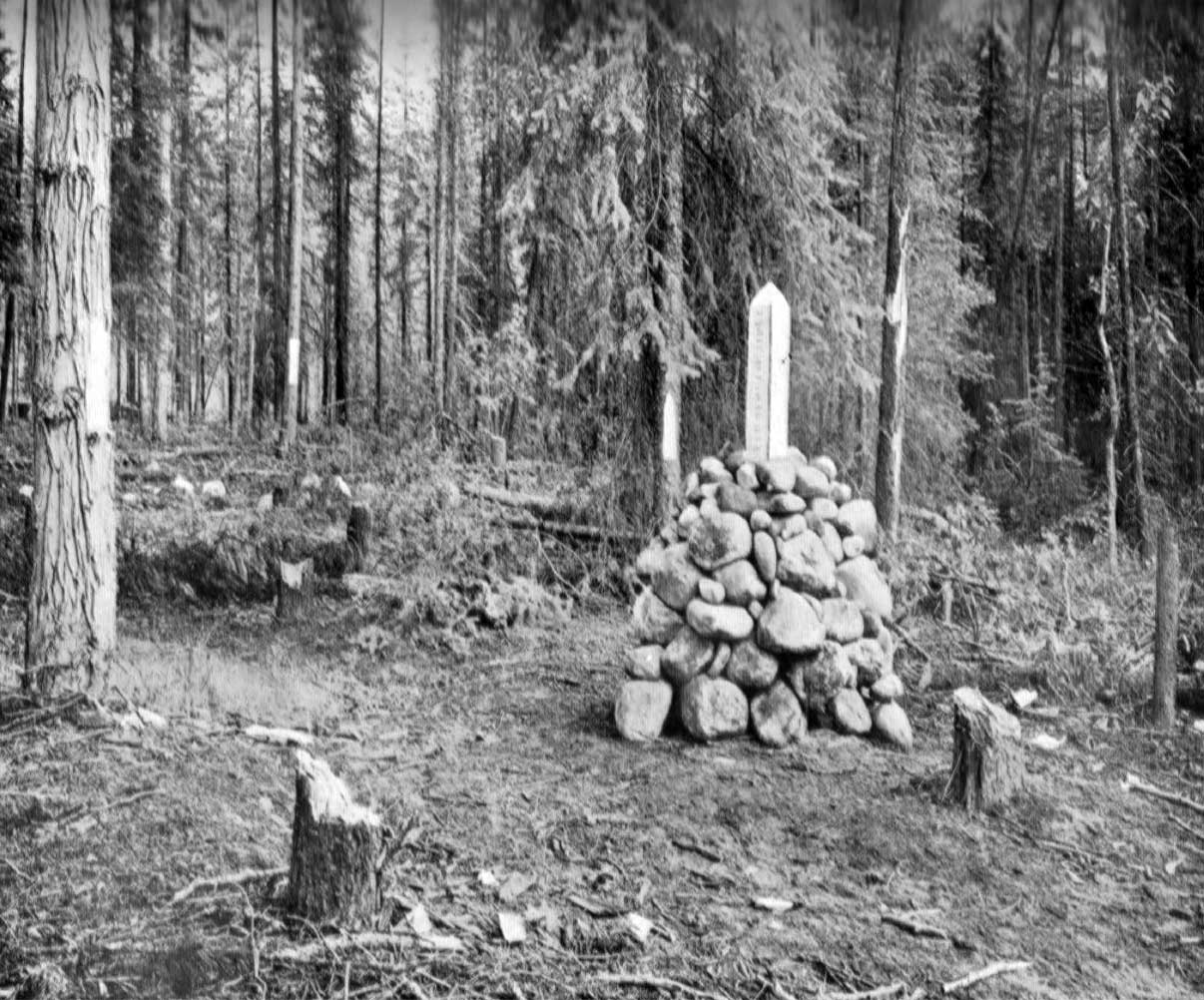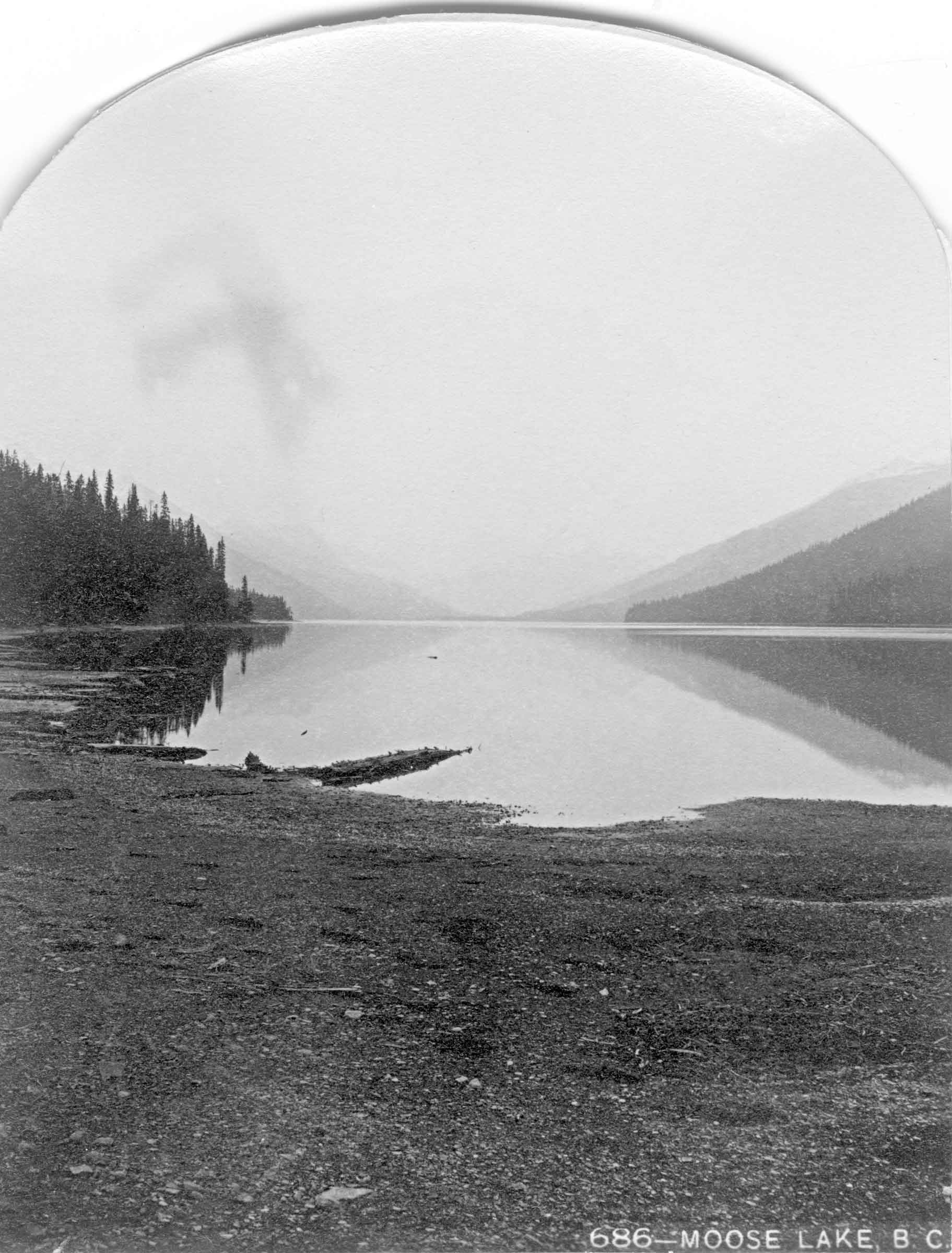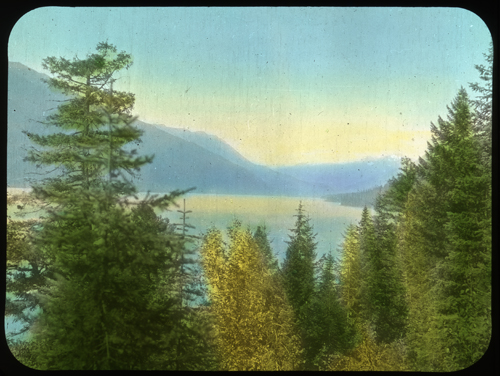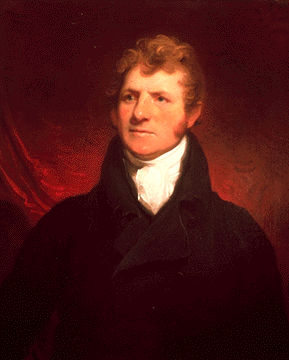Confluence of Canoe River and Columbia River
52.1167 N 118.4333 W — Map 083D01 — Google — GeoHack
Earliest known reference to this name is 1811 (David Thompson)
Name officially adopted in 1974
Official in Canada
Trutch’s map of BC 1871
George Monro Grant’s map of Yellowhead Pass 1872
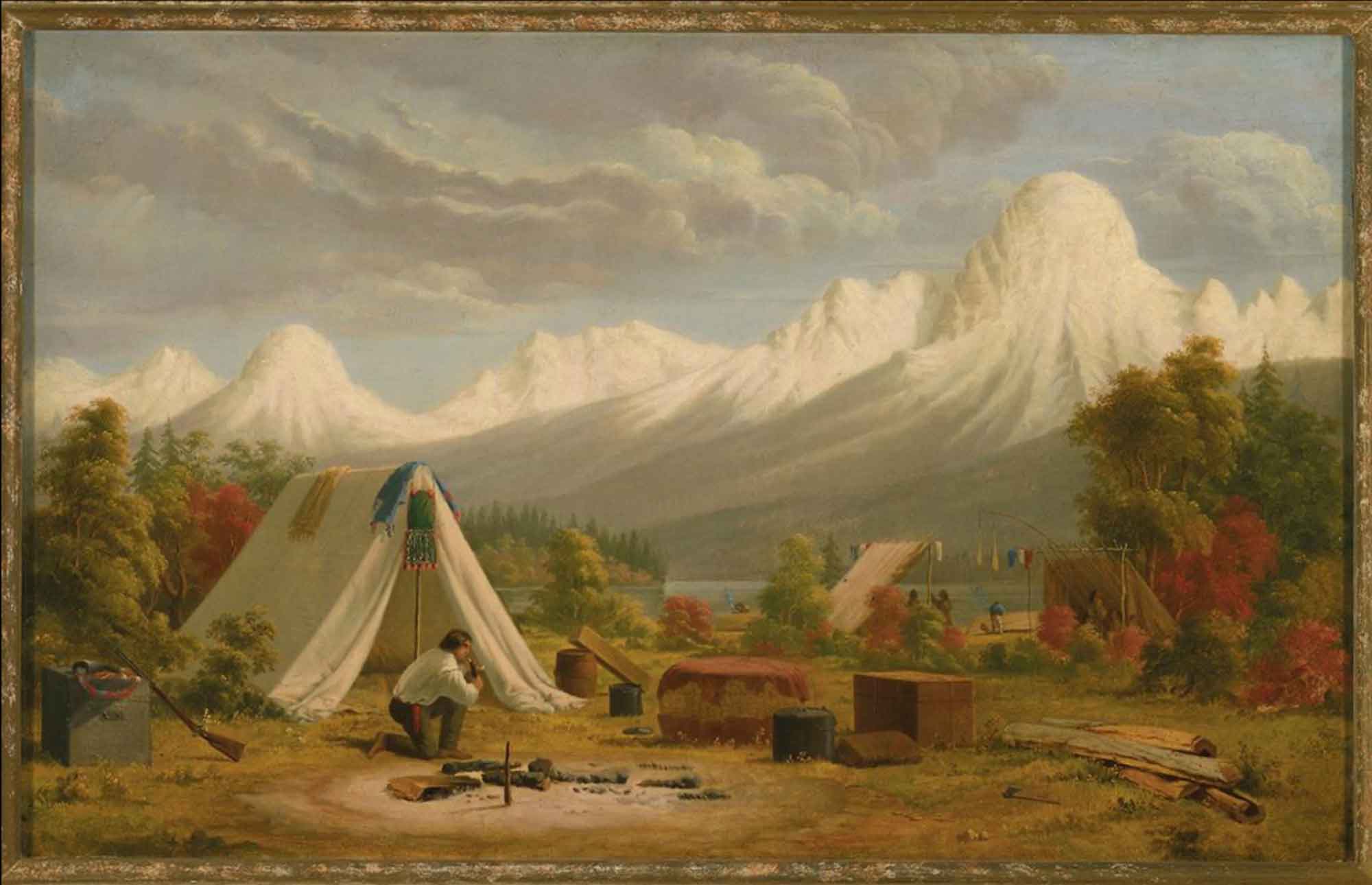
Paul Kane, “Boat Encampment,” Hudson’s Bay Company voyaguers, oil on canvas, 1849–1856
Royal Ontario Museum ROM2009_11209_41
Thus we continued day after day to march a few miles, as the Snow was too wet and too deep to allow the dogs to make any progress ; on the 26th we put up on the banks of the Columbia River, my Men had become so disheartened, sitting down every half mile, and perfectly lost at all they saw around them so utterly different from the east side of the Mountains, four of them deserted to return back ; and I was not sorry to be rid of them, as for more than a month. past they had been very useless, in short they became an incumbrance on me, and the other men were equally so to be rid of them; having now taken up my residence for the rest of the winter I may make my remarks on the countries and the climates we have passed.…
Our residence was near the junction of two Rivers from the Mountains with the Columbia: the upper Stream which forms the defile by which we came to the Columbia, I named the Flat Heart, from the Men being dispirited; it had nothing particular. The other was the Canoe River; which ran through a bold rude valley, of a steady descent, which gave to this River a very rapid descent without any falls.
— Thompson 1812
Thompson’s “Flat Heart River” is now Wood River. It is clear from this text that both the Athabasca Pass and the Canoe river region had been visited earlier than this by his guide, Thomas the Iroquois, and by other Nipissing and Iroquois Indians, but Thompson was the first white man to cross it.
On the 1859 Arrowsmith map it appears as “Canoe Encampment.”
- Thompson, David [1770–1857]. David Thompson’s Narrative of his explorations in western America, 1784-1812. Joseph Burr Tyrrell, editor. Toronto: Champlain Society, 1916. University of British Columbia
- Wikipedia. Boat Encampment
